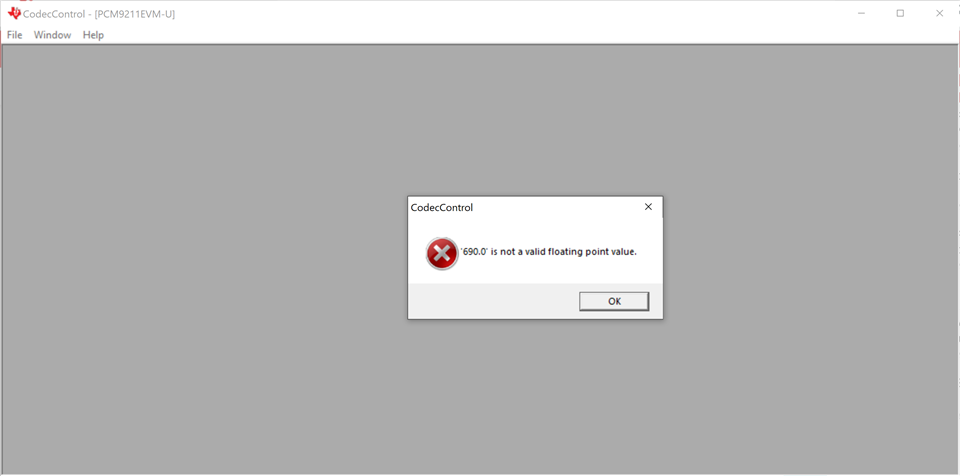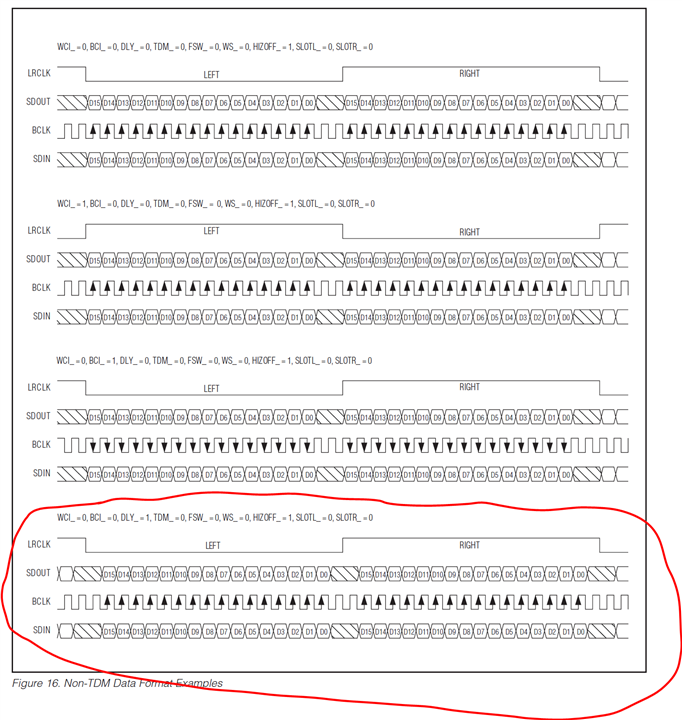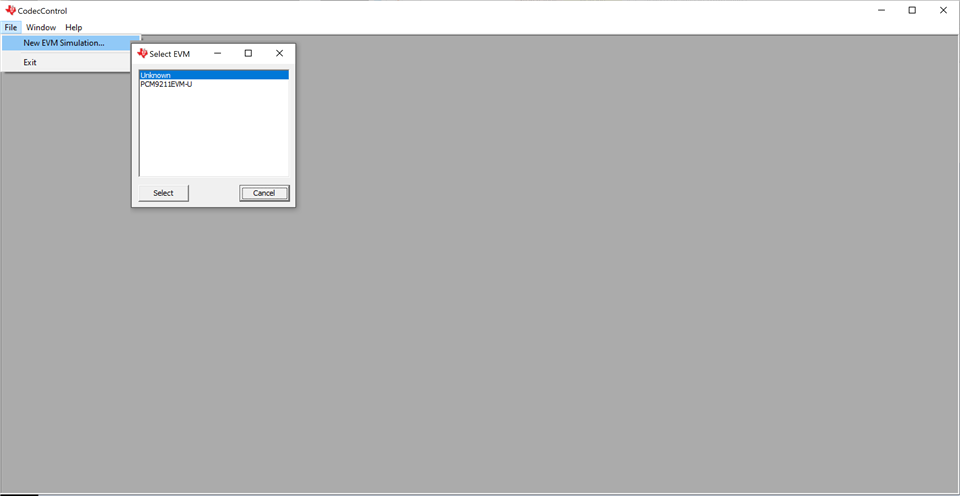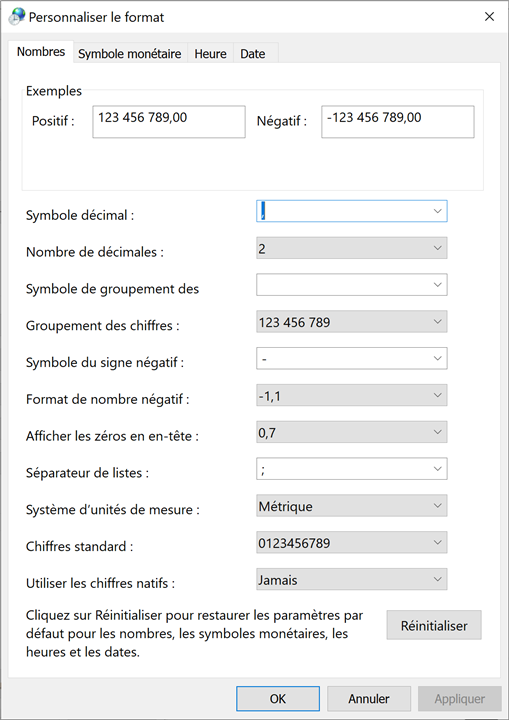Other Parts Discussed in Thread: DIX9211
Tool/software:
Hello,
Not sure that parameters of input digital audio I2S are correct, but it seems that PCM9211 fails to convert it to S/PDIF: 0V ... instead of audiostream.
Here is my setup:
1. I2S parameters (configigured at the device that provides I2S):
- LRCLK frequency: 48kHz
- BCLK frequency: 48 x LRCLK frequency (i.e. 2.304 MHz)
- word size: 18 bits
2. I2S is applied to the MPIO_C port of PCM9211:
- BCLK --> MPIO_C1
- LRCLK --> MPIO_C2
- DATA --> MPIO_C3
3. PCM9211 is configured as follows:
- Reg 0x6F: 0x05 ... enables DIT Standalone Mode
- Reg 0x24: 0x14 ... set master clock XMCKO as XTI/2, i.e. 12.288 MHz; Enable Output
- Reg 0x78: 0xCD ... route DIT Output (TXOUT) to MPO0 and XMCKO to MPO1
What is wrong with my setup ?
Thanks in advance
Pavel.









